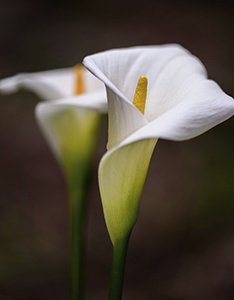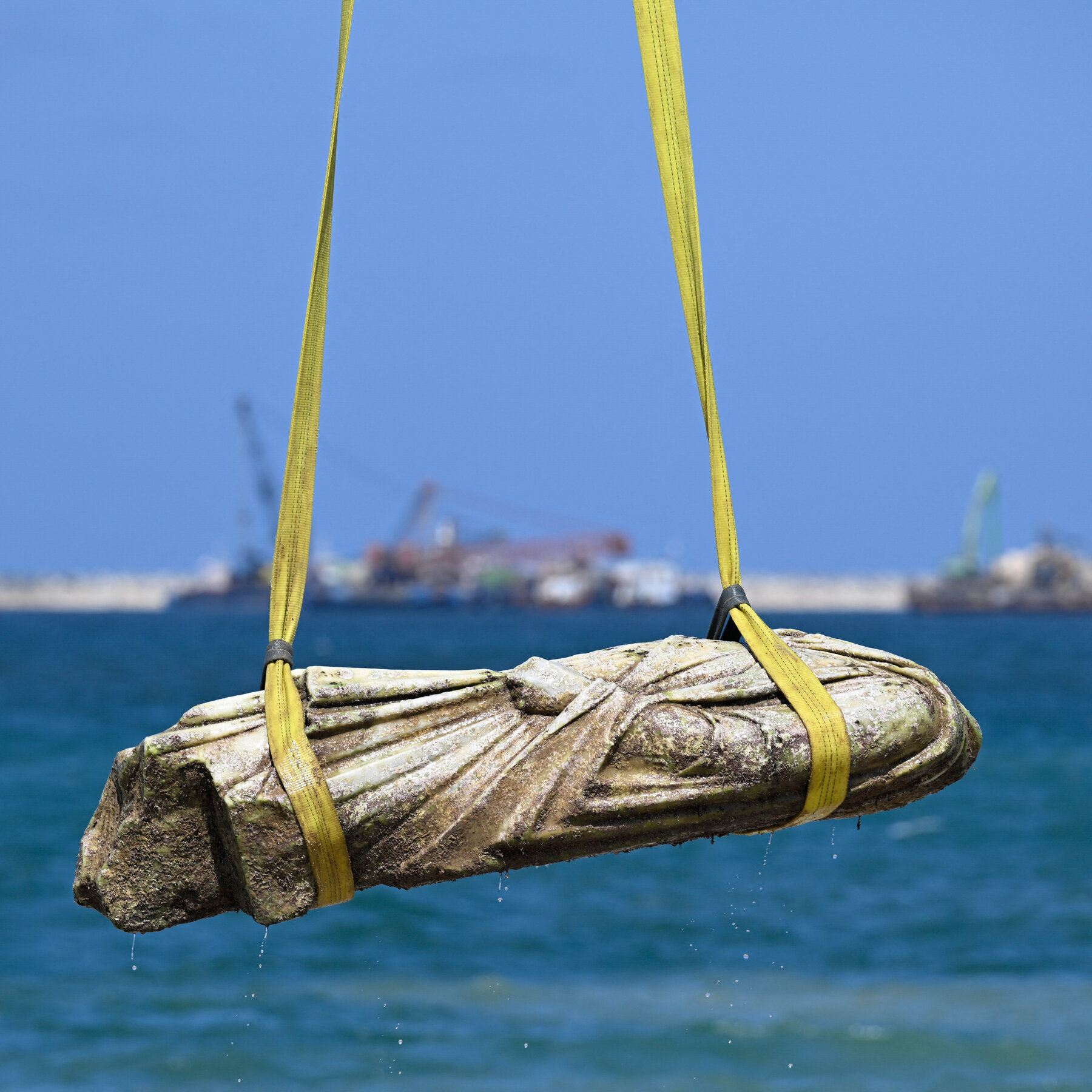BREAKING: Archaeologists have just announced a stunning discovery off the coast of Alexandria, Egypt, revealing remnants of the ancient city of Canopus. This remarkable find, uncovered from the depths of the Mediterranean Sea, suggests that the sunken city is possibly larger than previously believed, marking a significant moment in archaeological history.
The excavation, led by Egypt’s Ministry of Tourism and Antiquities, has unearthed artifacts dating back nearly 2,000 years. These relics provide a glimpse into a once-thriving urban center, known for its vibrant cultural and social life. Experts are now racing to analyze the findings, which could reshape our understanding of ancient Egyptian civilization.
Why does this matter RIGHT NOW? The discovery not only enhances the historical narrative of Canopus but also sparks renewed interest in underwater archaeology. As the world grapples with climate change and rising sea levels, these findings could hold key insights into how ancient societies adapted to their environments.
The recent excavation took place just two days ago, with divers meticulously pulling artifacts from the seabed. Among the discoveries are ancient pottery, tools, and remnants of structures believed to be part of the city’s bustling social activities. Archaeologists are eager to share their findings, which they believe will attract thousands of tourists and researchers to the site.
Officials emphasize the historical significance of these relics, stating, “Each artifact tells a story of the people who lived here and their connection to the great Nile.” The city of Canopus, once a hub for ancient celebrations and rituals, is now at the forefront of Egypt’s archaeological revival.
As the team continues to excavate, attention remains on what other treasures might be hidden beneath the waves. The next phase will involve advanced scanning technology to identify further sites of interest within the submerged landscape.
Stay tuned for live updates as this story unfolds. The implications of these discoveries are vast, impacting not only the understanding of ancient Egyptian life but also the techniques used in modern archaeology. This is a developing story that promises to engage history enthusiasts and casual readers alike.
Don’t miss out on sharing this incredible news—it’s a moment that connects the past with the present, reminding us of the rich tapestry of human history waiting to be explored.








































































